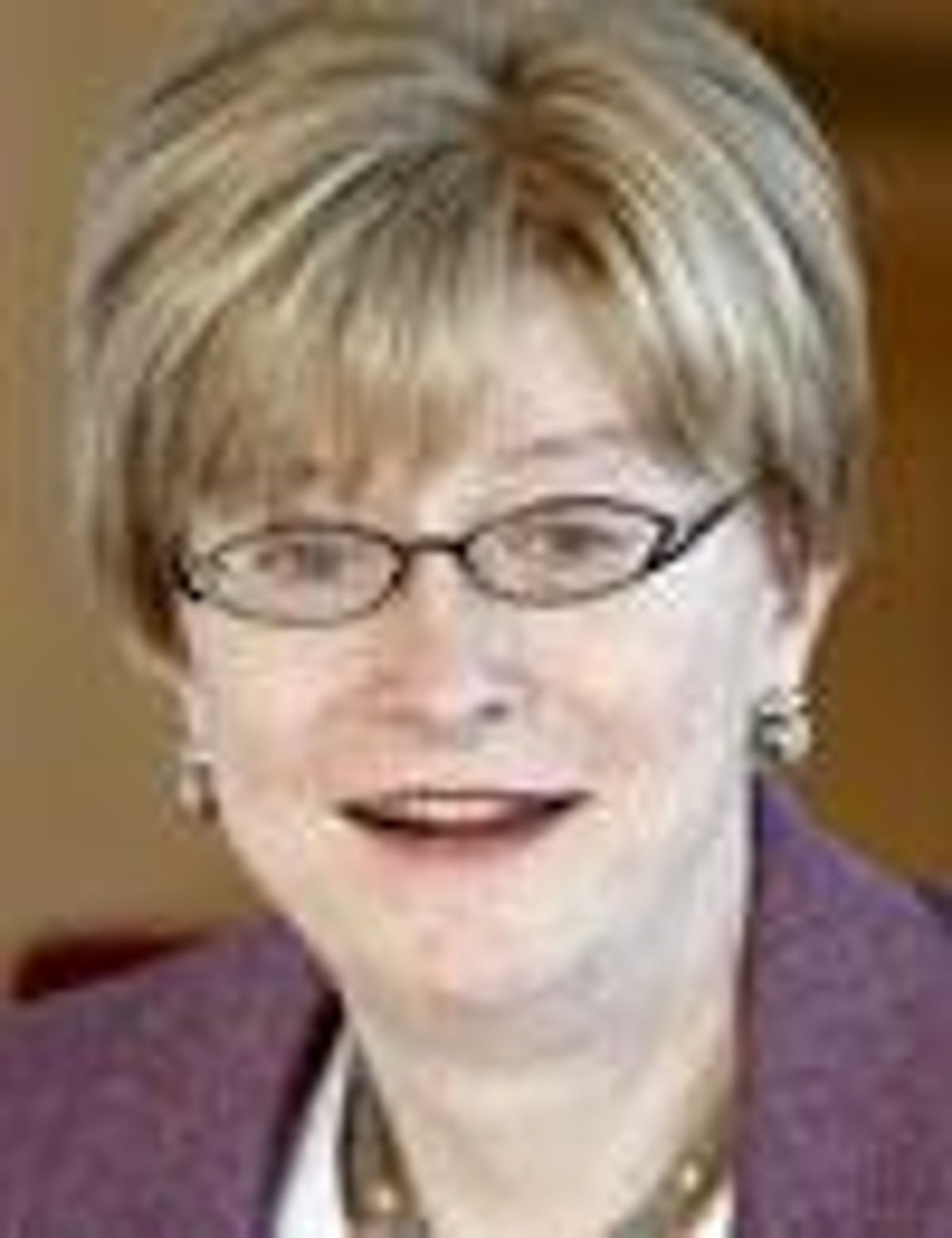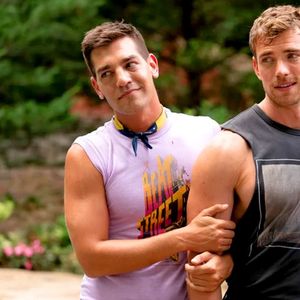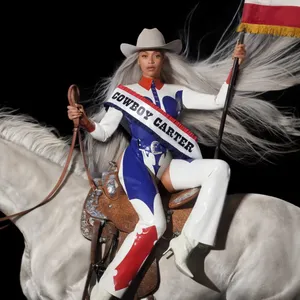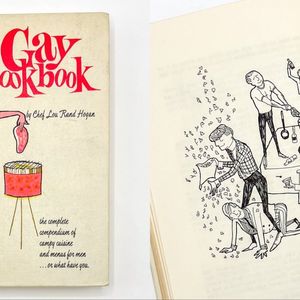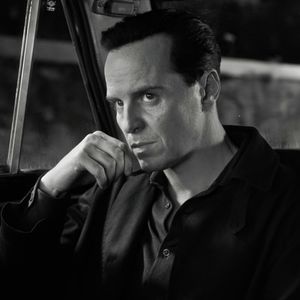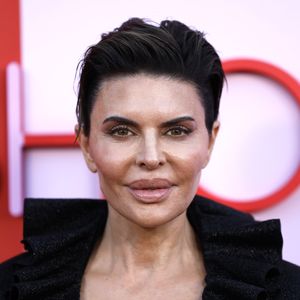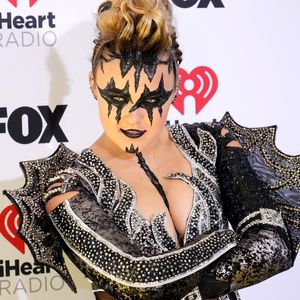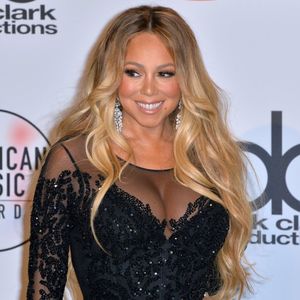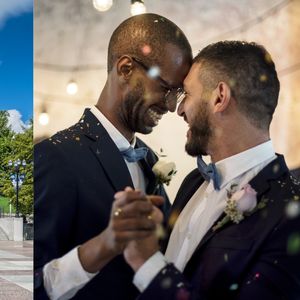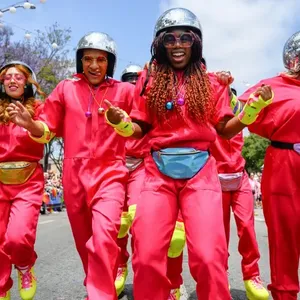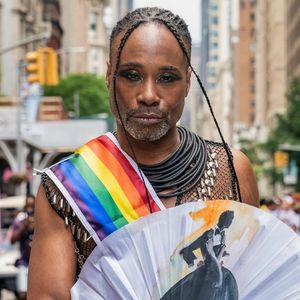Janice Raymond is
a non-transgender lesbian feminist who was a professor
of women's studies at Hampshire College when she wrote the
1979 book Transsexual Empire: The Making of the
She-male. In her book Raymond completely
dismissed the notion that an individual could have a
valid belief of being a different gender from the one
assigned at birth. And with that as a foundation,
Empire advanced the following two stereotypes:
(1)
Male-to-female transsexuals are merely male agents of the
patriarchy, reinforcing feminine stereotypes; and MTF
lesbian feminists are really men masquerading as women
so they can invade and dominate women's space.
(2)
Female-to-male transsexuals are merely women who have copped
out of the women's movement by changing themselves
rather than changing society.
The first
stereotype is no doubt one reason why the long-running
Michigan Womyn's Music Festival maintains a policy,
reiterated just last year, of limiting the festival to
"womyn-born-womyn." The second stereotype, say
detractors, is perpetuated in director Catherine Crouch's
short film The Gendercator, which was recently
spurned by the San Francisco LGBT film festival
Frameline.
Raymond based her
book on what was known about transsexualism at the
time, which was not much. Empire gave the
appearance of providing well-researched insights into a
much-unknown population. Her book became part of
women's studies curricula and was widely
available at feminist booksellers. And because no
counterbalancing works had been (or could be) published
for years, a whole generation of women has an
understanding of transsexuals that's been influenced
by Raymond's thinking.
But much has
changed since Empire was written.
(1) As depicted
in the movie If These Walls Could Talk 2,
lesbian feminists in the 1970s found themselves excluded
from feminist groups because, as the character Diane
puts it, "it's too risky to take on your issues
right now." It makes sense that Raymond might
therefore have viewed transsexual lesbian feminists as
inhibiting acceptance of lesbian feminists by the
wider feminist community. Fortunately, postmodern
feminists are taking a more inclusive view.
(2) Raymond was
alarmed by the opening of more than 20 university gender
clinics in the 1970s. She saw this growing "medical
conglomerate," which united medical specialties
under one roof to "create transsexuals," as
the patriarchy's "transsexual empire."
However, as trans woman Dallas Denny explained in
Transgender Tapestry magazine, the clinics
spouted up because treatment until then had been
largely unavailable in this country. Most of the university
gender clinics had disappeared by the time Denny wrote her
piece in 1991, and services today are provided mostly
by unaffiliated professionals. So much for the empire.
(3) Empire
was correct in asserting that gender clinics
reinforced gender-role stereotypes. At the time
overwhelmingly male legislatures had made it a crime in many
states to impersonate a female. Limiting treatment to
those who "passed" in their perceived
gender allowed these small clinics to deal with the
overwhelming demand and, coincidentally, increased the
likelihood of what society would deem a positive
outcome. But access to treatment today is gated much
more by an ability to pay, as treatment is usually not
covered by insurance. Surely the patriarchy would
overcome this roadblock if it were truly out to create
transsexuals.
(4) Raymond
grounded her thinking in part on the research of Johns
Hopkins University psychologist John Money. In the 1972
college textbook Man & Woman, Boy &
Girl, which he wrote with current Columbia medical
psychology professor Anke A. Ehrhardt, it
was asserted that social factors lock in a child's
gender identity in the first 18 months of life. But this
assertion has in recent years been challenged, since
some babies born with ambiguous genitalia--some
of whom have been surgically "made" female at
birth and rigidly raised as girls--choose later
to transition to male in order to respond to a
strongly held male identity. These cases (which included
Money's own star patient) as well as other new research have
led to the current thinking that gender identity is
more likely set in the womb.
(5) Raymond
revealed that she had spoken with only 15 transsexuals, of
whom "several...were prostitutes."
Because all of our transgender academics at the time
were deeply closeted for fear of losing their jobs, we had
no voice to challenge Raymond's
"research." Today, things are different.
When J. Michael Bailey released his 2003 book The
Man Who Would Be Queen, based largely on interviews
of transsexuals in a gay bar, a number of out trans
academics quickly banded together to denounce his
sex-obsessed findings and lack of research. Bailey
subsequently resigned as chairman of Northwestern
University's psychology department.
(6) When
Empire was written we did not have visibility
to the oppression that transgender people suffer at the
hands of the patriarchy. In the 2006 report "50 Under
30: Masculinity and the War on America's Youth,"the
Gender Public Advocacy Coalition revealed that 92% of
victims of gender-based violence were biologically
male but presenting with some degree of femininity, and in
cases where the assailant was known, he was always
male. Transgender people are clearly not agents of the
patriarchy; we are its victims too.
Interestingly,
Raymond and the other feminists who have taken transgender
people to task over the years have aimed their critiques
almost exclusively at male-to-female transsexuals. In
her just-released, approachable, and thought-provoking
book Whipping Girl: A Transsexual Woman on Sexism
and the Scapegoating of Femininity, biologist
and transsexual lesbian feminist Julia Serano aptly
labels this bias "trans-misogyny." Finally, we
might have an academic work with the standing to
challenge Raymond and get to the heart of the issue.
But really, why
do Raymond's offensive stereotypes about transsexuals
persist when history has largely absolved us from our
accused roles as accomplices of the patriarchy? The
irony seems to be that in seeking to eradicate
gender-role stereotypes, Janice Raymond actually perpetuated
two more.
